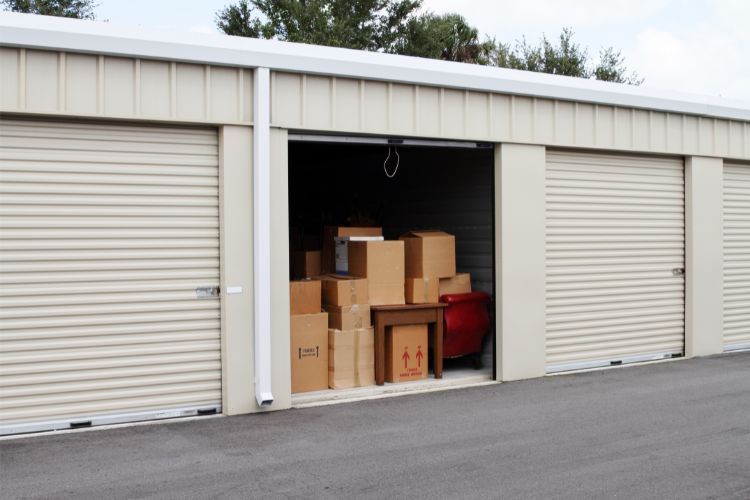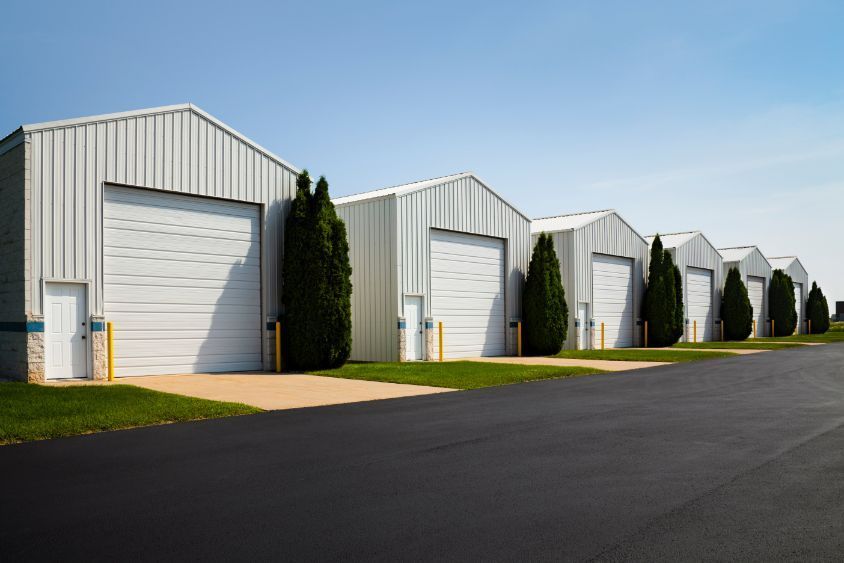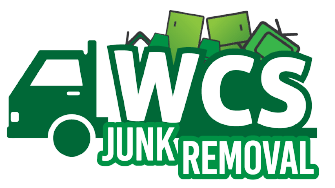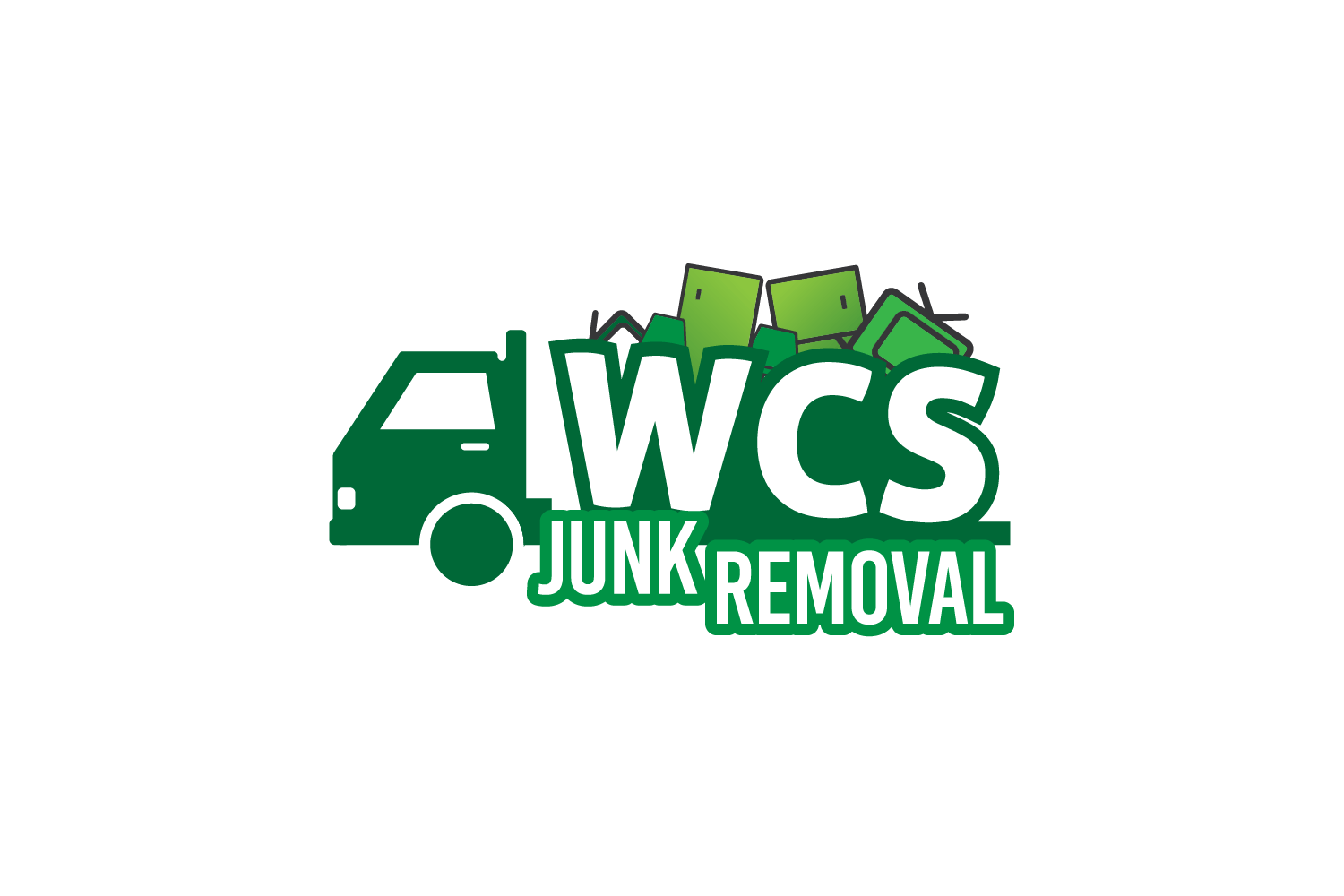Tips for a Stress-Free Storage Unit Cleanout
Contact Us Today For A Junk Removal Quote
Storage units can be incredibly convenient, providing a space to keep items you don't need daily but aren't ready to part with. However, over time, these units can become cluttered and disorganized, making it difficult to find what you need and causing unnecessary stress. Tackling a storage unit cleanout might seem daunting, but it can be a smooth and stress-free process with the right approach. This article will provide actionable tips to help you efficiently and effectively clean out your storage unit, leaving you with a tidy, organized space.
Initial Planning and Preparation
1. Set Clear Objectives
Before you start, define what you want to achieve with your cleanout. Are you looking to downsize, reorganize, or make space for new items? Having clear objectives will guide your decisions throughout the process. Write down your goals to keep them at the top of your mind as you work.
2. Create a Timeline
Establish a realistic timeline for your cleanout. Break the project into manageable stages and set specific deadlines for each. For example, allocate one weekend to sorting and decluttering, another for disposing of unwanted items, and a final one for organizing what's left. Sticking to a timeline will keep you on track and prevent the process from dragging on indefinitely.
3. Gather Necessary Supplies
Prepare all the supplies you'll need before you begin. Essential items include:
- Sturdy boxes and bins for sorting items
- Labels and markers for easy identification
- Heavy-duty trash bags
- Cleaning supplies such as gloves, disinfectant wipes, and a broom
Everything on hand will streamline the process and save you from making multiple trips for supplies.
Sorting and Decluttering
1. The Four-Box Method
One effective way to sort through your storage unit is the Four-Box Method. Label four boxes or bins as "Keep," "Donate," "Sell," and "Trash." As you review your items, place each into the appropriate box. This method helps you make decisions quickly and keeps the sorting process organized.
2. Work in Small Sections
To avoid feeling overwhelmed, divide your storage unit into small, manageable sections. Focus on one area at a time, completing the sorting process for that section before moving on to the next. This approach makes the task less daunting and provides a sense of accomplishment as you complete each section.

3. Decision-Making Tips
When deciding what to keep, donate, sell, or discard, consider the following questions:
- Have I used this item in the past year?
- Does it have sentimental value, or is it a duplicate?
- Is it in good condition and functional?
- Could someone else benefit from this item more than I do?
Being honest with yourself will help you make rational decisions and avoid keeping unnecessary items.
Efficient Disposal and Organization

1. Donation and Recycling Options
Once you've sorted your items, identify where to donate or recycle them. Many local charities and thrift stores accept various items, including clothing, furniture, and household goods. Check their guidelines to ensure they can take your donations. For items that can be recycled, locate nearby recycling centers or facilities that accept specific materials.
2. Selling Unwanted Items
If you have items in good condition that you no longer need, consider selling them. Online marketplaces like eBay, Facebook Marketplace, and Craigslist are great platforms for reaching potential buyers.
Additionally, you can hold a garage sale to sell multiple items at once. When pricing items, research similar listings to set competitive prices and take clear, attractive photos to enhance your listings.
3. Trash Disposal
Arrange for proper disposal of items that cannot be donated or sold. Check local regulations for disposing of large items or hazardous materials. Many cities offer bulk trash pickup or designated drop-off locations for such items. Dispose of non-recyclable items responsibly to minimize environmental impact.
Organizing and Maintaining Your Storage Unit
1. Effective Storage Solutions
Once you've pared down your belongings, it's time to organize what's left. Utilize shelving units, clear bins, and labels to keep items visible and easily accessible. Group similar items together and store frequently used items at the front. Investing in sturdy, stackable bins will maximize your space and keep your unit tidy.
2. Create an Inventory System
Maintaining an inventory of your storage unit contents can save you time and hassle. Create a digital or written list of items, including their locations within the unit. Update this inventory whenever you add or remove items. This system will help you keep track of your belongings and make it easier to find specific items when needed.
3. Regular Maintenance Tips
To keep your storage unit organized long-term, schedule periodic cleanouts and reviews. Set a reminder to assess your unit every six months to ensure it remains tidy and to remove any items you no longer need. Regular maintenance prevents clutter from building up again and keeps your space functional.
Achieve a Stress-Free Storage Unit Cleanout
Cleaning out a storage unit can be a manageable and even rewarding task with the right approach. You can start your cleanout on the right foot by setting clear objectives, creating a timeline, and gathering necessary supplies. Effective sorting methods, responsibly disposing of unwanted items, and organizing what's left will leave you with a clean, efficient storage space. Remember to maintain your unit regularly to keep it in top condition. With these tips, you'll be well on your way to a stress-free storage unit cleanout.
We hope these tips help you achieve a successful storage unit cleanout. Share your own cleanout experiences and additional tips in the comments below. If you need professional help, consider
WCS Junk Removal for a hassle-free cleanout experience. Visit our storage unit cleanout services for more information.

